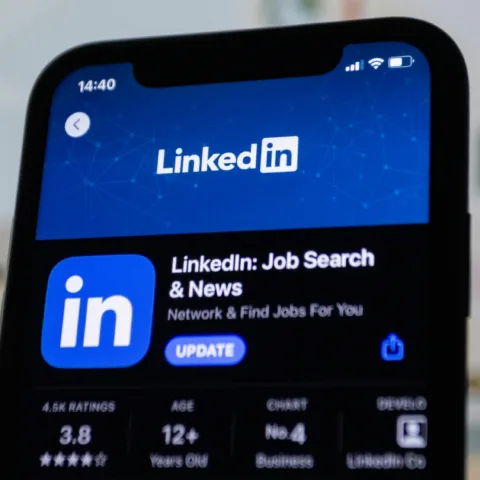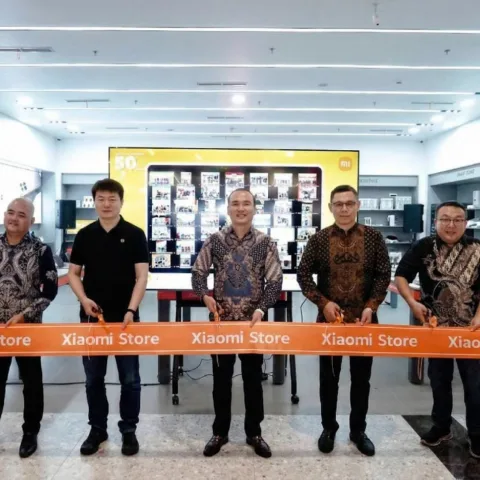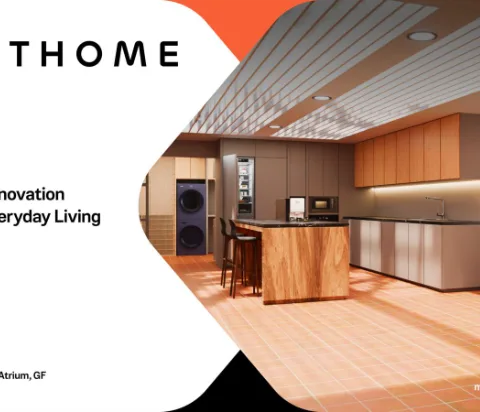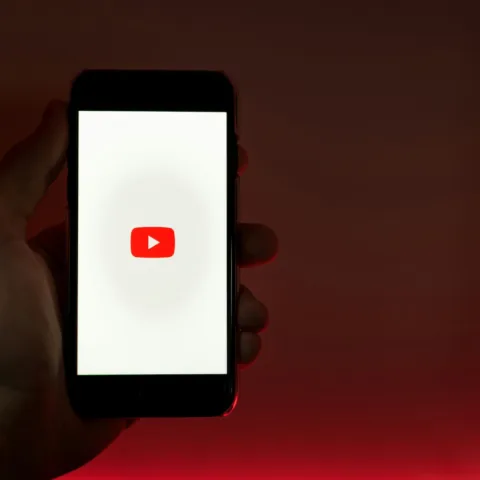 LinkedIn has announced that the professional network service in Indonesia has reached a milestone of one million members. This number was reached within two months after they launched an Indonesian version. According to the company, after it launched the Indonesian language version, the number of Indonesian groups in LinkedIn doubled to 700.
LinkedIn has announced that the professional network service in Indonesia has reached a milestone of one million members. This number was reached within two months after they launched an Indonesian version. According to the company, after it launched the Indonesian language version, the number of Indonesian groups in LinkedIn doubled to 700.
For Indonesia, one million users in LinkedIn are much smaller than 40 million users Facebook users or Twitter. For LinkedIn, 1 million users amount in Indonesia is clearly still significant than the total of LinkedIn users who reach 150 million worldwide and 25 million users in Asia Pacific region. So what does this mean for both parties?
Unlike Facebook and Twitter for a place to chat, LinkedIn was created as a means of professional friendships. We can easily access the work history of our new colleague/partner including the testimonials from their work partner. If there is many professional staff, it means many job positions are available. It is establishing a new segment, well-established middle class people that need a challenge at any time.
These people isn’t only working a meeting rooms but they are also going to a variety of fancy coffee shops in mall, using a golf course in the various corners of the city, having a holiday abroad each year. Professionals generally reflect the middle class condition in one country. The stronger middle class condition in one country means that the country has better economic fundamental.
Indonesia as we know is now booming with middle class people. According to the latest edition of Tempo magazine based on World Bank data, the current number of middle class in Indonesia has started to dominate. Of course it’s very natural that this fact encourages them to join LinkedIn. They want a professional friendship that gives them more benefits including opportunities to develop new businesses or new jobs.
There are two ways to obtain a new job at LinkedIn. The first is manual and free way. Headhunters usually look into a variety of profiles in order to find suitable candidates. With so many people registered in LinkedIn, this isn’t necessarily an effective way to find the right person quickly.
The second is a slightly more traditional way but with 2.0 approach. The company posted a job and LinkedIn and LinkedIn’s tools would attempt to match the desired requirements and offer it to people who may have the skill and passion needed. This is one of the prominent sources for LinkedIn revenue.
Back to the Indonesia case, the increasing number of middle class has caused an individual new problem. They started to have an expensive lifestyle. In addition, they also need a place for being “recognized” based on the variety of professional achievement mentioning in their profile. If at one point they feel that their income isn’t sufficient enough and they need a new challenge or job, this is the function of LinkedIn. They shouldn’t bother to polish the resume because the good LinkedIn profile can help users to get their dream job quickly.
Don’t be surprised if within 2 months since the launching of LinkedIn (Indonesian version), there has been a rapid increase of 200 thousand people. I believe this number will continue to grow and attract more professionals as the situation on LinkedIn tends to be more serious and less noise compare to Facebook or Twitter. Indonesia professionals and LinkedIn have found a symbiotic relationship mutualism like they hope.
You can read the press release in our Wire service.
[Image]










